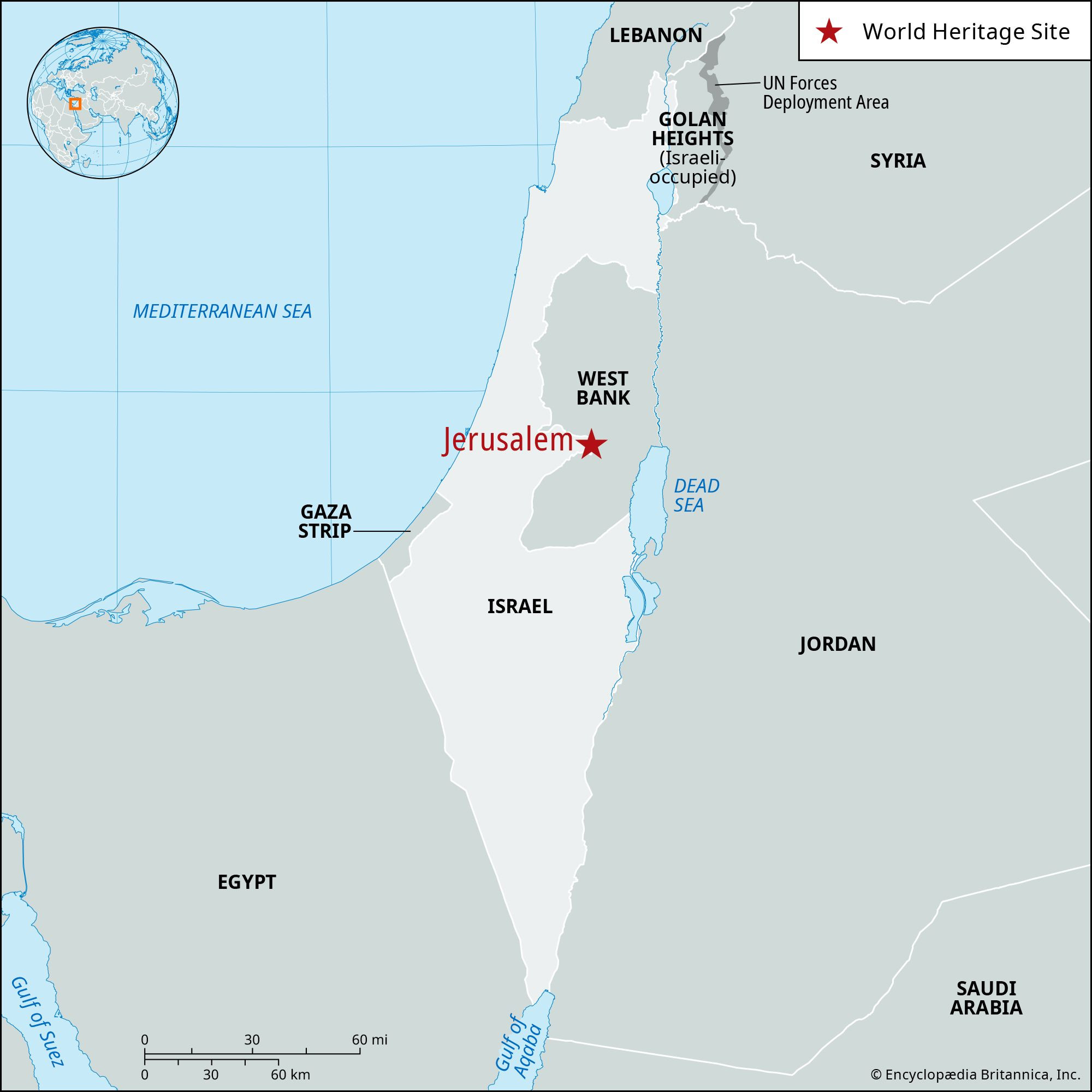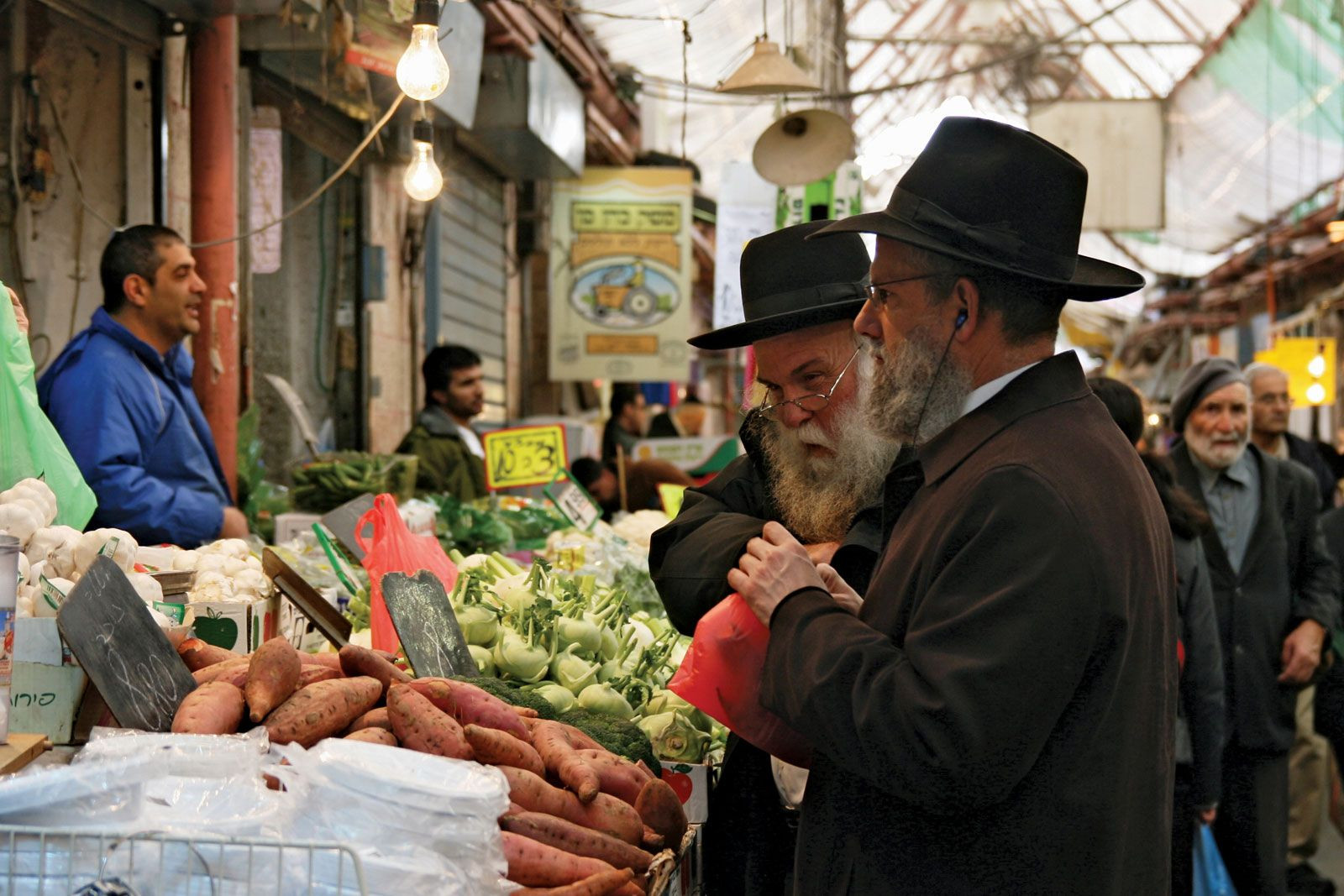Jerusalem, a city steeped in history and revered by billions across the globe, holds a pivotal place in the hearts and minds of many. But Where Is Jerusalem exactly? This ancient city is nestled in the heart of the Middle East, a region bridging Asia and Africa, and it stands as a testament to centuries of civilization, conflict, and spiritual significance.
Geographically, Jerusalem is situated on a plateau in the Judaean Mountains, positioned between the Mediterranean and the Dead Sea. More specifically, it lies within the State of Israel, though its status remains a deeply contested and complex issue in international politics. To pinpoint its location on a map, Jerusalem is found approximately 35 miles (56 kilometers) east of the Mediterranean Sea and about 15 miles (24 kilometers) west of the Dead Sea. It is bordered by the West Bank, a Palestinian territory, to the east and south. This strategic and historically significant location has made Jerusalem a crossroads of cultures and civilizations for millennia.
Jerusalem’s Historical and Religious Significance
Jerusalem’s importance transcends its geographical coordinates; it is deeply intertwined with the history and tenets of three major monotheistic religions: Judaism, Christianity, and Islam. For Jews, Jerusalem is the holiest city, the historical capital of ancient Israel, and the location of the First and Second Temples. The Western Wall, a remnant of the Second Temple, remains a central place of prayer and pilgrimage for Jews worldwide.
For Christians, Jerusalem holds immense significance as the site of Jesus Christ’s crucifixion, resurrection, and ascension. Key locations within the city, such as the Church of the Holy Sepulchre, are venerated as the most sacred sites in Christianity, drawing pilgrims from every corner of the globe.
In Islam, Jerusalem is the third holiest city after Mecca and Medina. Muslims revere it as the site of Prophet Muhammad’s miraculous night journey (Isra and Mi’raj) and the location of the Al-Aqsa Mosque and the Dome of the Rock, iconic Islamic shrines built on the Temple Mount, known to Muslims as Haram al-Sharif.
A City Divided and Reunified
Throughout the 20th century, Jerusalem became a focal point of the Israeli-Palestinian conflict. Following the 1948 Arab-Israeli War, the city was divided, with West Jerusalem under Israeli control and East Jerusalem under Jordanian rule. This division lasted until the 1967 Six-Day War, when Israel occupied East Jerusalem and subsequently unified the city under its administration.
Despite this reunification under Israeli control, the international community does not widely recognize Jerusalem as Israel’s capital. The Palestinians claim East Jerusalem as the capital of a future Palestinian state, and the city’s final status remains a core issue in the ongoing Israeli-Palestinian conflict. The United Nations has repeatedly condemned Israel’s actions to alter the status of Jerusalem, further highlighting the complexities surrounding this ancient city.
Modern Jerusalem: A Blend of Old and New
Today, Jerusalem is a vibrant and diverse city, blending ancient history with modern urban life. The Old City, a UNESCO World Heritage Site, is characterized by its distinct quarters – Armenian, Christian, Jewish, and Muslim – each contributing to the city’s unique cosmopolitan character. Within the walls of the Old City, one can find a tapestry of cultures, languages, and traditions, coexisting in a relatively small area.
Outside the Old City walls, Jerusalem has expanded into a modern metropolis with bustling streets, high-rise buildings, and all the amenities of a contemporary urban center. Yet, even with its modernization, Jerusalem retains its historical charm and spiritual aura, making it a city unlike any other in the world. The echoes of its past resonate through its ancient stones, even as it navigates the complexities of the present and future.
In conclusion, Jerusalem is located in the Middle East, on a plateau in the Judaean Mountains, within the State of Israel, bordering the West Bank. More than just a geographical point, Jerusalem is a city of immense historical, religious, and political significance, a place that continues to shape the world’s narrative and captivate the human spirit.


 A bustling market scene in Jerusalem's Mahane Yehuda Market, showcasing the vibrant daily life and cultural diversity of the city.
A bustling market scene in Jerusalem's Mahane Yehuda Market, showcasing the vibrant daily life and cultural diversity of the city.